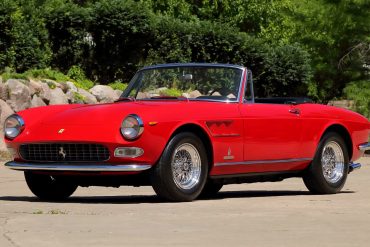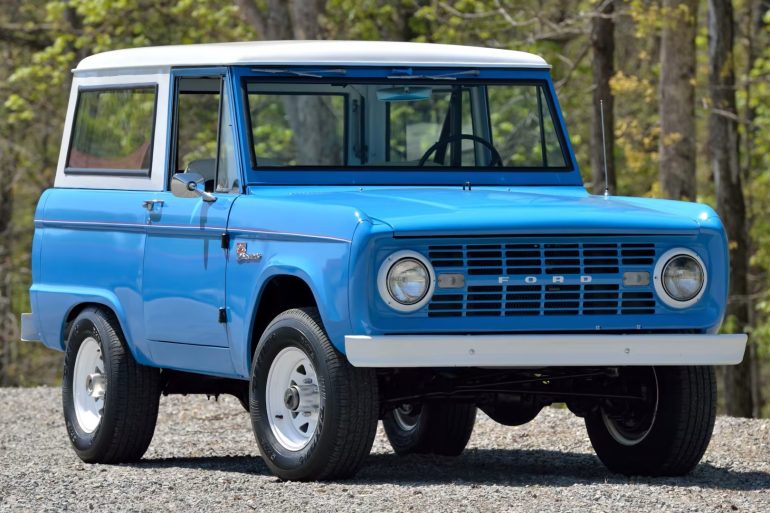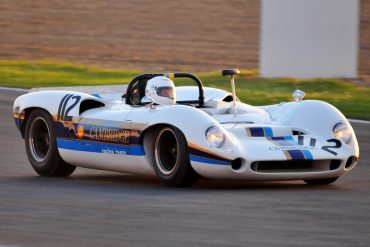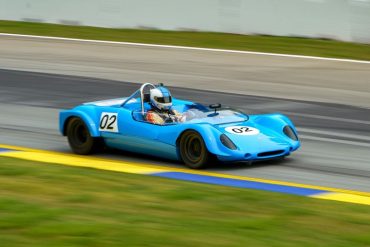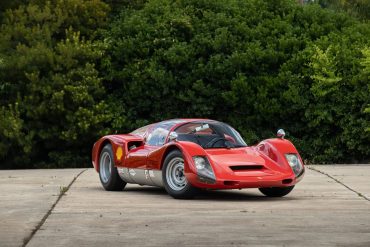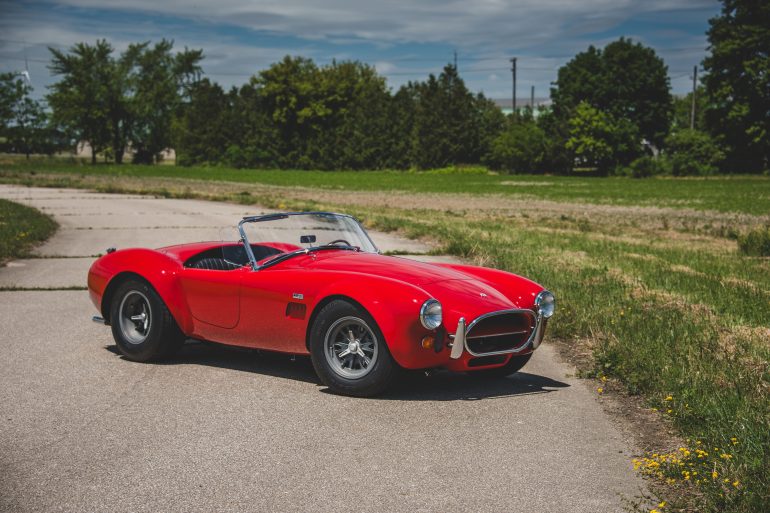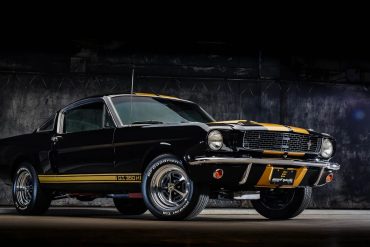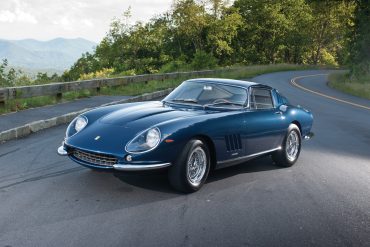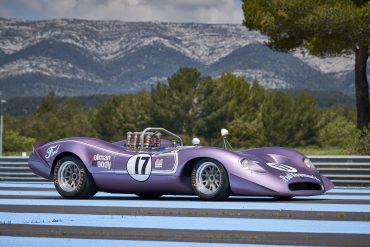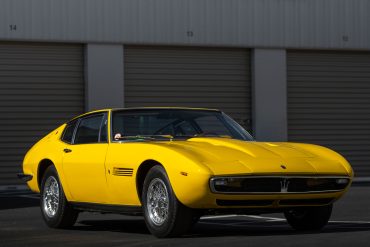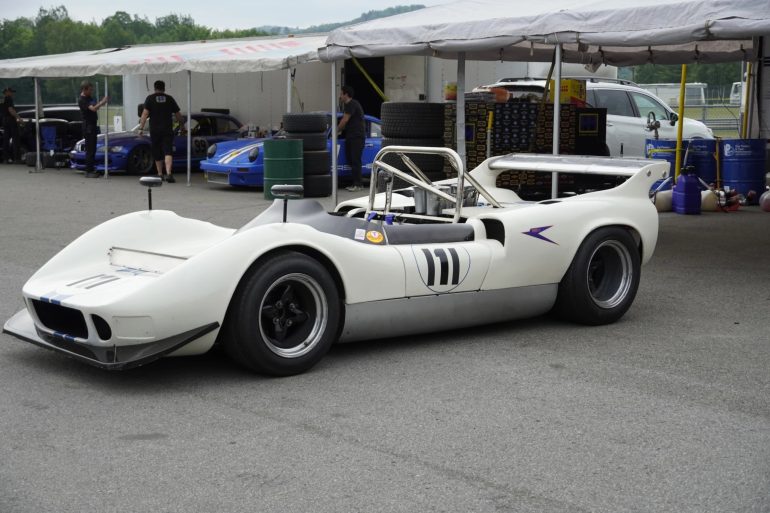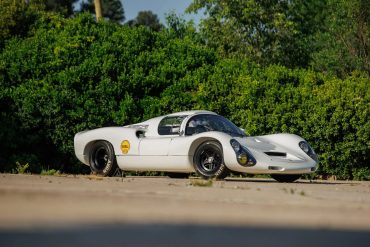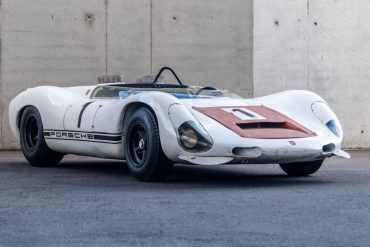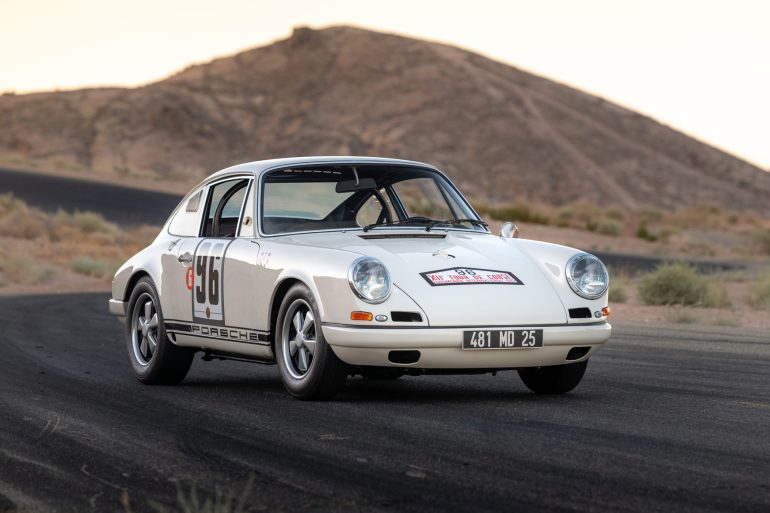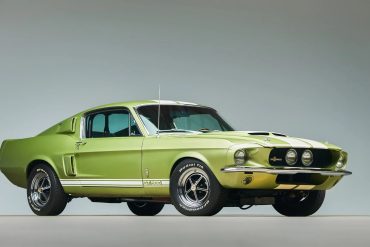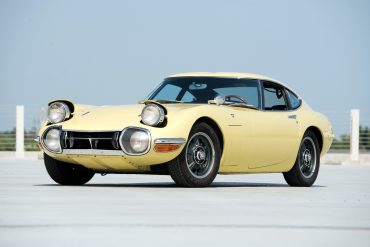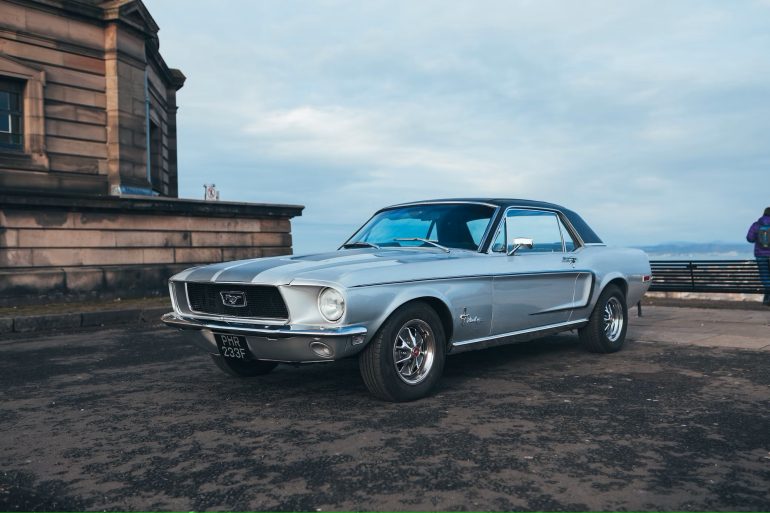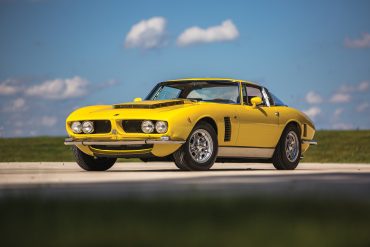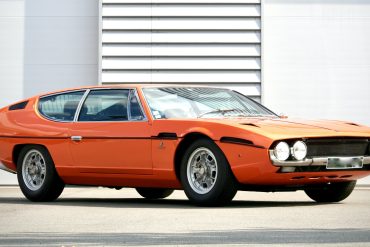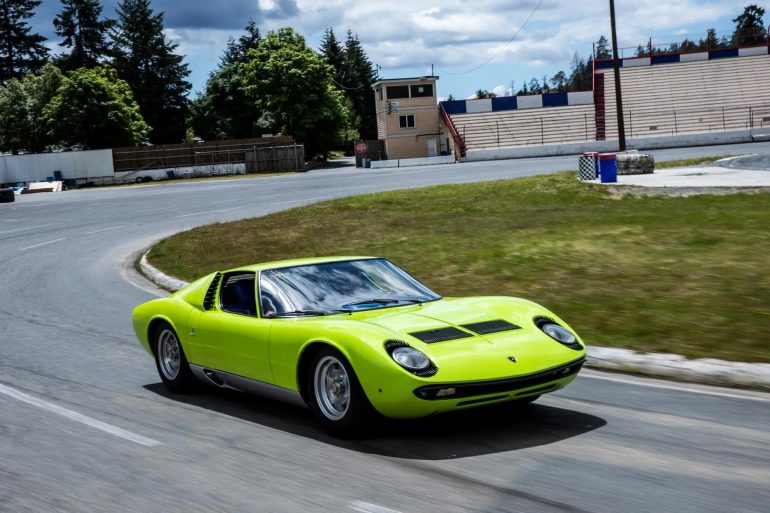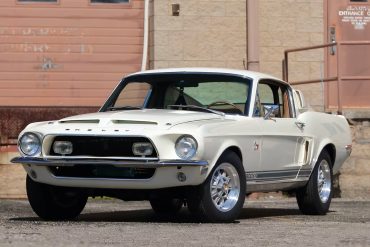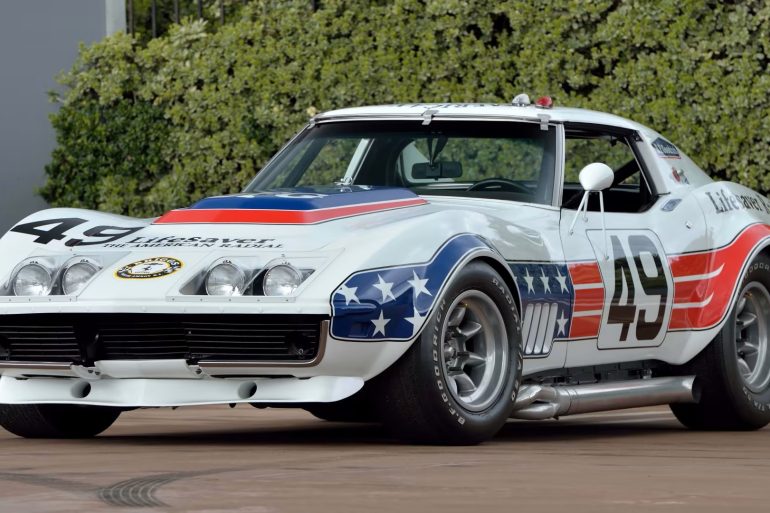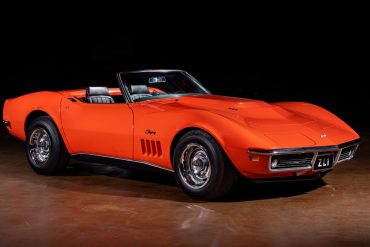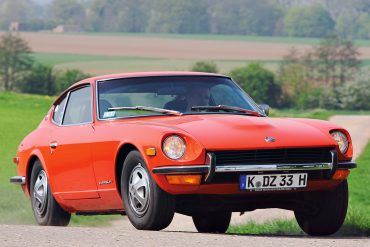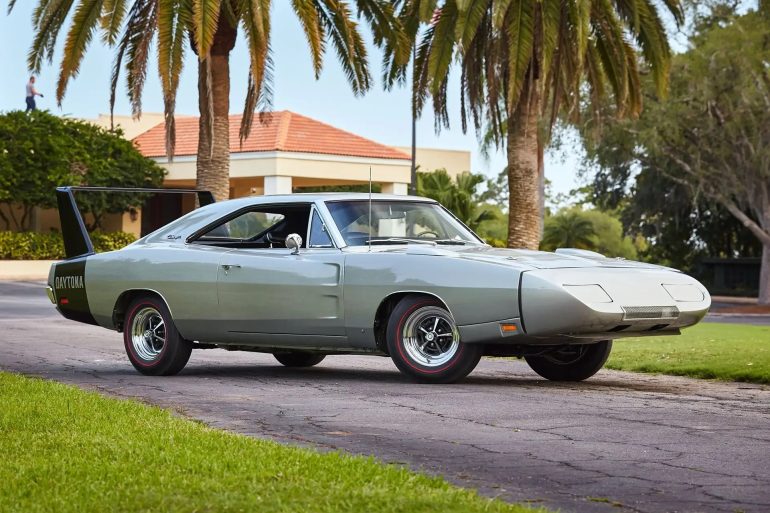The Shelby 427 Cobra’s sustained dominance on the racetrack forced Chevrolet engineers to respond with a 427-cubic-inch engine for the...
Built as Ferraris Cabriolet, the 275 GTS replaced the 250 Series II Cabriolet in 1964 at the Paris Motor Show. New to...
The 1966 Ford Bronco is a production car/truck that captured the vibe of the 1960s, but also projected a future so far reaching no one could have ever predicted it would still be relevant more than half a century later. Developed as a competitor to the Jeep CJ-5, Toyota Land...
Considered as the first supercar in the world, the Lamborghini Miura definitely stood out in looks, technology, and performance. The...
Lola boldly called the MkII version of their T70 the most successful sports car of 1966. And rightly so since it...
In 1966, Goodyear bought this Lola T70, intending it to be driven by the renowned A.J. Foyt during the first-ever Can-Am season. The car was later sold in 1967 to driver Bob Bondurant, who leased it to Universal Studios for its appearance in the movie “Winning,” featuring Paul Newman. Lola...
The Lotus 23C is the developmental evolution of the 23B. The claimed reason for the updates was to allow the...
The Porsche 906 or Carrera 6 was the last street-legal racing car from Porsche. A total of 65 were produced...
No other American icon of performance rises to the level of the 427 Shelby Cobra. And while the 289 Cobra introduced America to performance chili, the 427 added two heaping spoonful’s of pepper to the bowl. Since its release, the Cobra mystique has stung enthusiasts with its chest-thumping venom, wickedly...
In a chance partnership, Shelby American and the Hertz Corporation devised a plan to provide motorists with the ability to...
At the 1966 Paris Auto Salon, Ferrari launched the GTB/4 with the new Tipo 226 engine. It benefited from a...
The 330 GTC was unveiled at the 1966 Geneva Salon and was an amalgam of other Ferraris. It shared its 94.5-inch wheelbase and tubular steel chassis with the 275 GTB, and its 4-liter, V-12 motor was the same as the one powering the 330 GT 2+2. The Pininfarina-styled body was...
The Holman & Moody Ford Honker II is one of the forgotten CanAm cars. Interestingly, it was overshadowed by its...
Ghia debuted the Maserati Ghibli to a stunned public at the prestigious 1966 Turin Motor Show. The advanced styling incorporated...
The M1C was effectively the second model made by Bruce McLaren’s team for the Canadian-American series. Most were powered by a small-block Chevrolet V8 which could produce up to 500 bhp depending on engine internals. Like the M1B it replaced, the M2C used a steel tubular spaceframe, American V8 and...
The Porsche 910, also known as the Carrera 10, was introduced during the summer of 1966 and raced through 1967,...
With between 200 and 270 horsepower and weight around 420 kg, Porsche’s lightweight 910 Bergspyder was extremely nimble and well-suited...
Based on the 911S, the 911 R was produced by Porsche to compete in the FIA’s GT 2.0 category. To make it competitive, the 911 R was powered by a flat-six engine, Type 901/22 from the Porsche 906, capable of 210 hp. It went on a diet too, with weight...
Carroll Shelby, renowned for creating the iconic Cobra, conceived the idea of infusing his Shelby touch into Ford’s newly hot...
In the 1960s, the prospect of a high-performance Japanese automobile seemed distant, at least until Toyota made a pioneering move...
The 1968 Ford Mustang offered incredible engine options and safety features that made it a stand-out Pony car from the rest of the crowd in the 1960s. With the 1968 model year’s introduction of the mighty 428 V8 engines, one might think that the car had shifted more towards power...
Italy’s remarkable GT cars have surprising origins, with Iso’s inception standing out as unconventional. The company, initially focused on manufacturing...
With its V12 engine, Miura wheels, dramatically low profile, and expansive glass, the Espada remains every bit as bold and...
The Miura vehicle was created by Lamborghini engineers Gian Paolo Dallara, Paolo Stanzini, and Bob Wallace. It was first unveiled as a chassis without a body at the 1965 Turin Motor Show. Marcello Gandini from Bertone was then responsible for designing the bodywork. The result was the P400 GT prototype,...
The 1968 GT500 KR featured a 428 cubic inch Cobra Jet V8 engine, which is widely recognized as one of the best...
The COPO Camaro was created in 1969 by two Chevrolet dealers who wanted to install engines larger than 400 cubic...
During the 1970s, John Greenwood’s “Stars and Stripes” Corvettes showcased Chevrolet’s growing dominance in international racing, keeping the American Sports Car at the forefront. While known for his extravagant “Greenwood Wide-Body” Corvettes, Greenwood was also a skilled engine builder and a dedicated supporter of American racing. His accomplishments included back-to-back...
The 1969 ZL-1 Corvette came equipped with an entirely new big-block engine option that produced more horsepower than any Corvette...
In October 1969, a sleek new two-door sports car was presented at the Pierre Hotel, New York in front of...
Called one of the “Winged Warriors”, a list that included Plymouth Superbird, Ford Torino Talladega, and Mercury Cyclone Spoiler II, the Daytona was powered by the Hemi 426 (seven liters) with 425 hp or a 375 hp 440. It should be noted that the tuned racing version reached speeds in...



